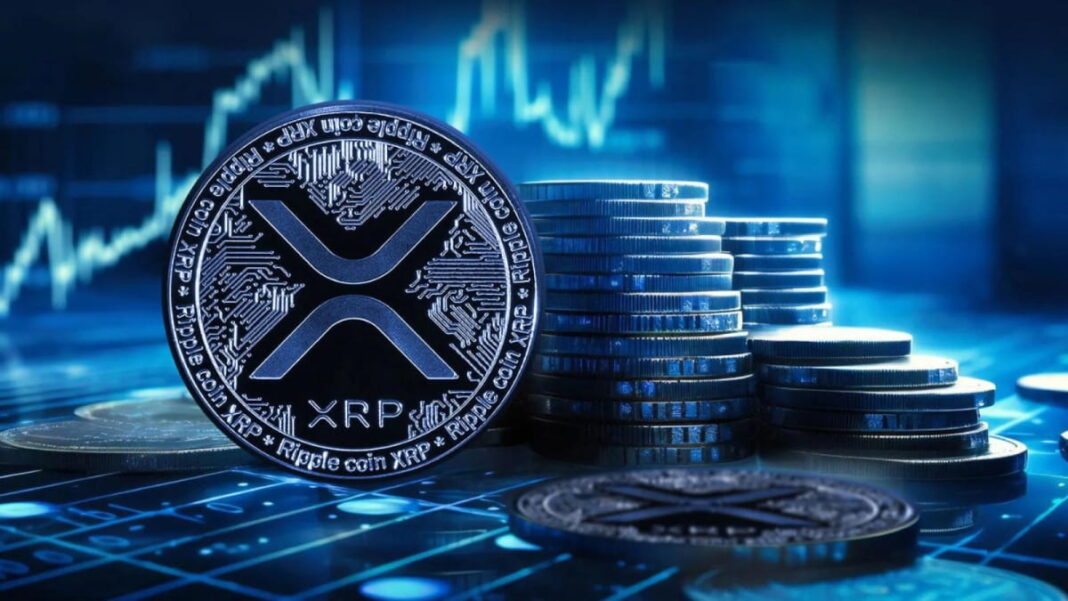Outline of the Article
- Introduction to XRP Latest News
- Recent Developments in the XRP Ecosystem
- H1: Regulatory Challenges
- H2: Adoption by Financial Institutions
- H3: Technological Advancements
- Impact on XRP Price
- H1: Price Volatility
- H2: Market Sentiment
- Analysis of XRP’s Future Prospects
- H1: Potential Regulation Changes
- H2: Integration in Payment Systems
- H3: Competition with Other Cryptocurrencies
- Conclusion
Cryptocurrencies have become a focal point of interest for investors, technologists, and financial institutions alike. Among these digital assets, XRP latest news, the native cryptocurrency of the Ripple network, has garnered significant attention. In this article, we delve into the latest news surrounding XRP, exploring recent developments, their impact on the cryptocurrency’s price, and insights into its future prospects.
Introduction to XRP
XRP, created by Ripple Labs, aims to facilitate fast and cost-effective cross-border payments. Unlike many other cryptocurrencies, XRP does not rely on blockchain mining for transaction validation. Instead, it utilizes a consensus mechanism, which enables faster transactions with lower fees.
Recent Developments in the XRP Ecosystem
Regulatory Challenges
One of the most significant challenges facing XRP in recent times has been regulatory scrutiny. The United States Securities and Exchange Commission (SEC) filed a lawsuit against Ripple Labs in December 2020, alleging that XRP constitutes an unregistered security. This legal battle has cast a shadow over XRP’s regulatory status and has had repercussions on its market value.
Adoption by Financial Institutions
Despite the regulatory uncertainties, XRP continues to gain traction among financial institutions. Ripple’s network boasts partnerships with numerous banks and payment providers worldwide, aiming to streamline cross-border payments. Recent collaborations and pilot projects signal growing interest in XRP’s potential to revolutionize traditional financial systems.
Technological Advancements
Ripple Labs remains committed to enhancing the scalability and efficiency of the XRP latest news Ledger. Recent technological advancements, such as the implementation of the Federated Sidechains proposal and improvements in transaction throughput, demonstrate Ripple’s dedication to innovation. These developments aim to bolster XRP’s utility and appeal to both institutional and retail users.
Impact on XRP Price
Price Volatility
The ongoing legal battle with the SEC has contributed to heightened volatility in XRP’s price. Legal uncertainties, coupled with market sentiment, have led to sharp fluctuations in XRP’s valuation. Investors closely monitor regulatory developments and legal proceedings to gauge the cryptocurrency’s future trajectory.
Market Sentiment
Market sentiment plays a pivotal role in shaping XRP’s price dynamics. Positive news, such as partnerships and technological advancements, often result in price rallies, whereas regulatory setbacks or negative publicity can trigger sell-offs. The interplay between fundamental developments and investor sentiment underscores the complexity of XRP’s price movements.
Analysis of XRP’s Future Prospects
Potential Regulation Changes
The outcome of Ripple’s legal battle with the SEC holds significant implications for XRP’s future. A favorable resolution could provide clarity on XRP’s regulatory status, potentially unlocking new avenues for adoption and investment. Conversely, adverse rulings may prolong regulatory uncertainty, impacting XRP’s market performance.
Integration in Payment Systems
XRP’s integration into mainstream payment systems remains a key driver of its long-term success. Ripple’s partnerships with financial institutions and payment providers pave the way for broader adoption of XRP in cross-border remittances and international settlements. Continued efforts to enhance interoperability and regulatory compliance are crucial for fostering trust and adoption.
Competition with Other Cryptocurrencies
In a competitive landscape dominated by cryptocurrencies, XRP faces stiff competition from rivals such as Bitcoin and Ethereum. While Bitcoin serves as a store of value and Ethereum enables smart contract functionality, XRP differentiates itself with its focus on facilitating fast and low-cost transactions. The evolving dynamics of the cryptocurrency market necessitate continuous innovation and strategic positioning for XRP to maintain its relevance.
Conclusion
The latest developments in the XRP latest news ecosystem underscore both the opportunities and challenges facing this prominent cryptocurrency. Regulatory uncertainties, coupled with technological advancements and market dynamics, shape XRP’s journey in the ever-evolving landscape of digital assets. As stakeholders navigate this terrain, the future of XRP hinges on regulatory clarity, widespread adoption, and technological innovation.
Unique FAQs
- Is XRP a good investment amidst regulatory uncertainties?
- While regulatory uncertainties pose risks, XRP’s potential for mainstream adoption and technological innovation may offer long-term growth opportunities for investors.
- How do technological advancements impact XRP’s utility?
- Technological improvements enhance the scalability and efficiency of the XRP Ledger, making it more attractive for use cases requiring fast and low-cost transactions.
- What sets XRP apart from other cryptocurrencies like Bitcoin and Ethereum?
- XRP distinguishes itself with its focus on facilitating cross-border payments and settlements, offering a faster and more cost-effective alternative to traditional banking systems.
- What role does market sentiment play in influencing XRP’s price?
- Market sentiment reflects investors’ perceptions and expectations regarding XRP’s future prospects, influencing buying and selling decisions and contributing to price volatility.
- How important is regulatory clarity for XRP’s growth?
- Regulatory clarity is crucial for instilling confidence among investors and financial institutions, facilitating broader adoption and integration of XRP into mainstream financial systems.

